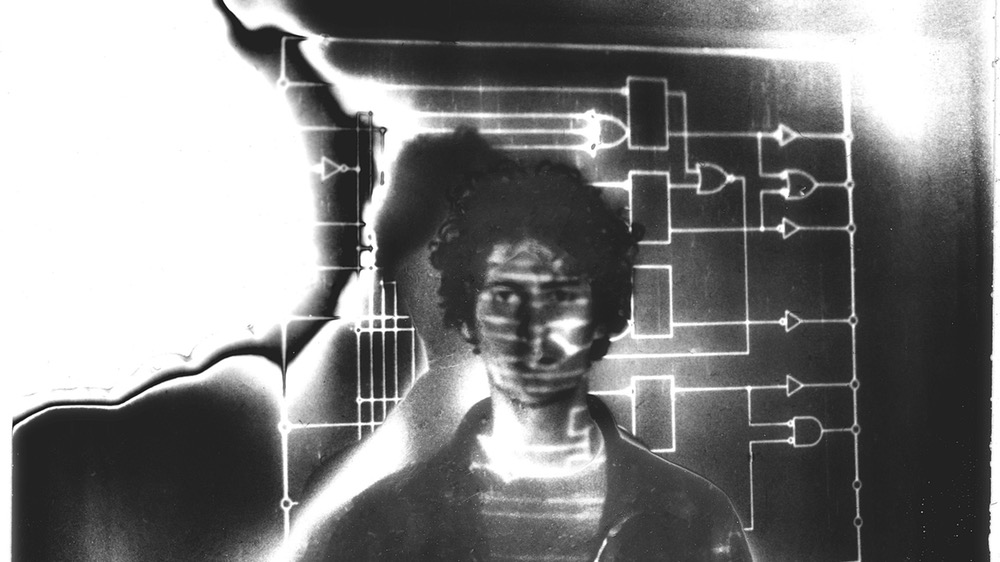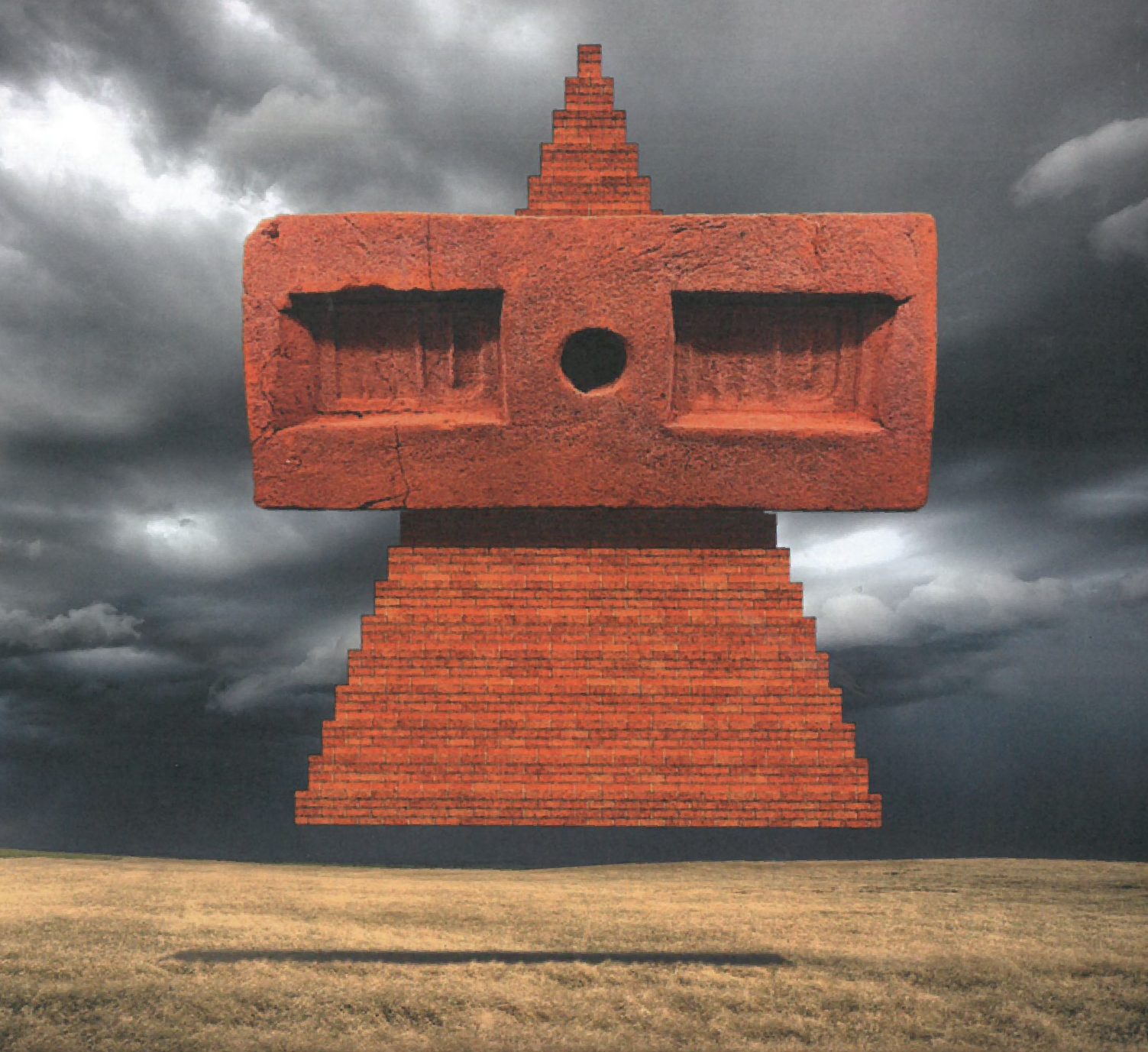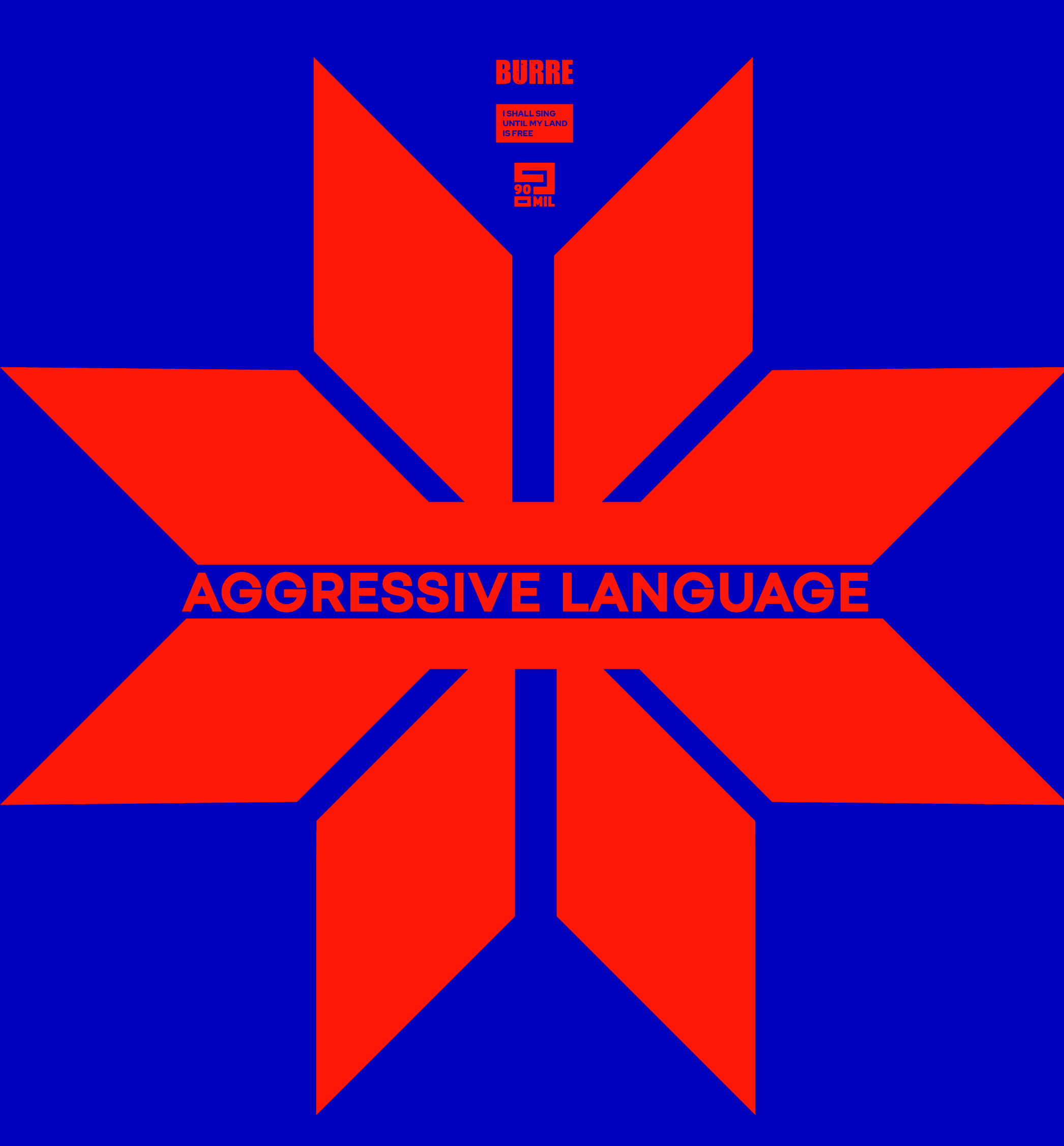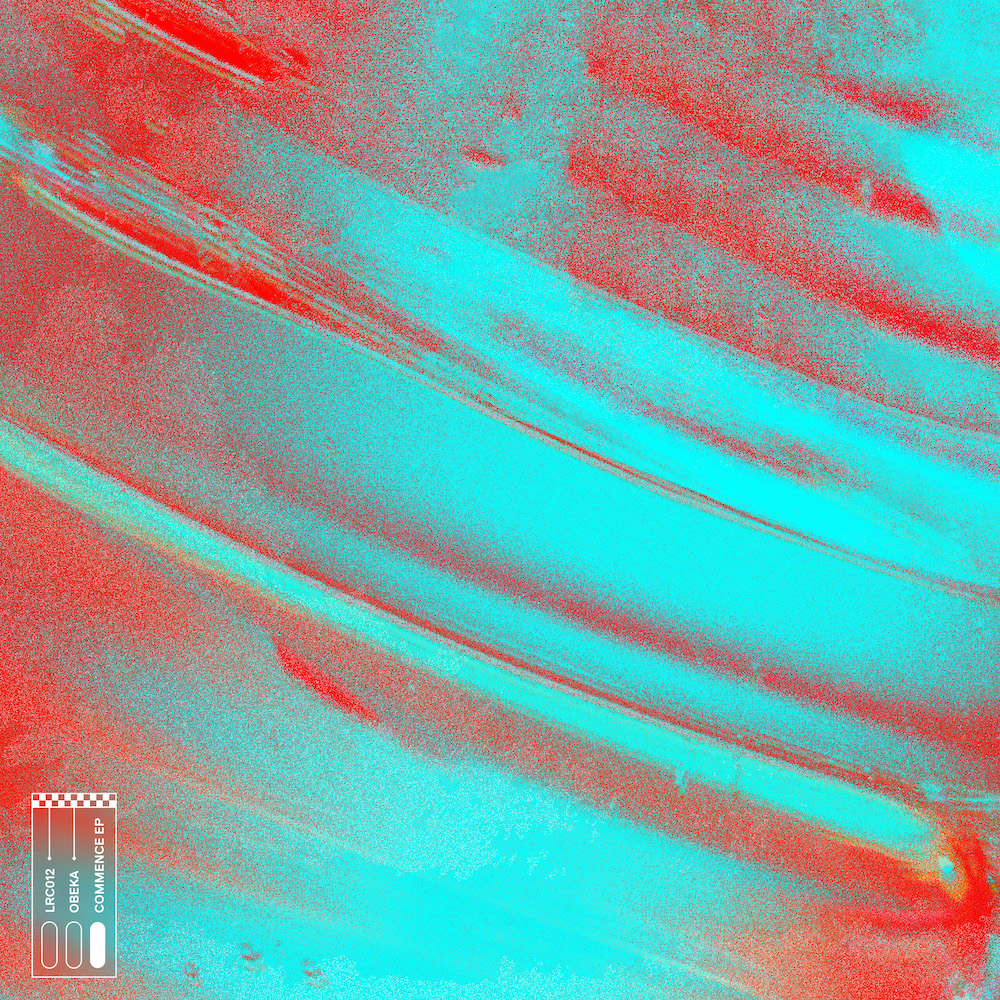A Higher State Of Consciousness Pt 2: Music Making Under The Influence

Demian Castellanos is the main man behind one of our favourite psychedelic acts, ‘The Oscillation’ , so he seemed like the perfect fit for a few trials and errors with the Lucia No3 hypnagogic light machine. We also rigged up Diynamic DJ and strobe-lighting aficionado, H.O.S.H, to see what he would make of it.
Just how can this machine influence the creative process? How exactly do you make music for something like this? How changeable is the music once under the influence of the machine?
Mike starts off with Demian, who explains the rationale behind his track ‘Exiting The Body (Phase 1); written specifically as an accompaniment to the light machine experience (listen below).
MB: The first thing I wondered when I found out that you’d made something specifically for the machine was ‘where do you start?' – because there are two hundred-plus different light cycles, not to mention the variable states of mind of the user…
DC: “That’s why I kind of gave up! When I first started trying to compose for it I thought I’d go with the same program a couple of times. In my head I was thinking ‘triangles that could be tremolo' but there’s no point trying to completely recreate it because it will be different every time. And as you say, every different person who tries it is going to have different experiences every time.
So I thought the easiest way to do it is actually to put a blanket of sound you can read into and make your own experience out of that’s kind of free of you putting anything too oppressive into it. I’ve pretty much finished one track, but I want to do more because it’s infinite. It’s basically an open world.
I remember when I first started doing these flotation tanks when they first started appearing in London you had to listen to a lot of New Age flutey music. When you turned off the music you could just hear your own heart beat – you could even move a finger and almost hear it resonating through your body. It really made me think of ideas to make music for it because if you have lyrics or words it maybe influences your experience a bit too much. And also if there’s too much structure or change, then you get distracted, almost like wallpaper music – I like the whole idea of ambient music that’s just there to complement a situation.”
MB: Yes, that’s a key word here: ‘complement’. It’s a different brief to when you’re making music for a normal setting where sound is the primary medium.
DC: “Yeah, even listening to fairly normal music on the machine you start seeing it in a different way – a bit like if you’re tripping and the music suddenly changes – so I thought it’d be great to start making a track that is so open that you can go anywhere with it. So the music shouldn’t be too interesting because it becomes distracting – a bit like if you tell someone too much information they’ve got too much to digest. So it’s more like a mantra or something like that.
It’s gonna be a long work in progress because I want to try a lot of other stuff, especially tonal drone kind of stuff, but it's about trying to avoid a major chord that might make you happy and then a minor chord that might make you feel a bit dark. So it’s just pure tones and overtones so your mind isn’t too twisted by harmonics.”
MB: So you’re subverting the conventions of western music then?
DC: “I don’t think I’m subverting music or anything grand like that. I’m thinking modestly. I’m thinking of making music for a dream machine. It’s to let your mind put more into music that isn’t there. I always love the idea of what Spacemen 3 said about why they made really repetitive music. They said basically your mind gets so bored you start projecting harmonics onto the music.
Your mind can put into music so it’s not about all this information being given to you. It’s not a blank canvas but a kind of vague canvas for you to explore yourself in but that isn’t overpowering you.
The song stays in the same key and would go on for half an hour. I wouldn’t like to say it’s unconventional because a lot of people are into drone. Yes, ‘unconventional’ to someone who would listen to Justin Bieber but not unconventional to someone who’d listen to techno or avant garde music. I’d feel really pretentious saying what I’d do would be unconventional. It’s more simplistic – it’s almost anti-ego.
I remember listening to a track that had lyrics in it and it distracted me from the experience of really getting into the light machine. And I remember listening to some quite complex avant garde piece of music and I found that distracting me from really zoning into it. So I thought the simpler and the purer it is, the better. And that’s not to say that what I want to do for it is without intention or ambition, but it’s more to complement the experience. It’s a weird fine line.”
MB: So it’d be fairer to say it’s a more extreme version of what a good composition should be, i.e. room for people’s minds to fill in some gaps in the music, but it’s just in this instance there are bigger gaps?
DC: “Exactly. I love really repetitive music, even without any external stimulation like the light machine, but when you bring that in it makes me feel that I’d want to listen to it too much, so you want to make the music more unintrusive but full-on at the same time… I can’t really describe it!”
MB: But that makes perfect sense because the reason why you say that it’s unintrusive and yet full-on is because there are two mediums multiplying each other. As the creator it’s up to you to decide which medium to emphasise. Ivan Smagghe’s take on it was completely the opposite. I asked him the question ‘how did the music change the light?’ and his response was ‘I’d like to think it was more the light changing the music’. He went in there with a clear idea of what he was going to listen to – the music was very much the priority, and essentially it was up to the light machine to enhance what he already knew.
DC: “I can totally appreciate that. I’ve had some interesting experiences. I’ve listened to some of my own compositions that aren’t finished and I’ve sometimes used it as a tool to help me see where a track should go, because it enables you to switch your mind. There’s a track that I’ve nearly finished that I haven’t made for the light machine but I used the light machine to help with it.”
And he’s not the only one. We thought it’d be a good idea to rig-up H.O.S.H to the machine, given his form for choreographing light with music (the centrepiece of his night ‘Roulette’ was the co-ordination of specific colours with specific harmonics, and varying levels of ‘spinning’ to match the rhythms).
H.O.S.H immediately saw the machine’s potential as a tool to help understand his own music better.

“It was amazing to hear it with my own music,” he said. “You could tell the nuances like when the hi-hat pattern got faster from 8 to 16, it was implementing right in between the spaces although the light frequency didn’t change. So it definitely affected it the music.
It was amazing to see from a completely different perspective. Also the sounds… I could really see the sounds… it’s awesome! The only comparison I could think of would be like LSD, but there is no bleeding in the brain! It’s not quite as heavy. You can feel it’s light – it’s beautiful.”
Back to Demian, resuming the point about one creative medium inspiring the other:
DC: “Do you know that story about the guy who invented the sewing machine? Apparently this is true. Not sure if it’s Singer or whatever but some old, famous sewing machine. He couldn’t figure out what he needed to do to complete the machine and then he got so frustrated and decided that it was only going to be a dream that gave him the answer. And he had a dream that loads of people were attacking him with spears but they all had a hole in them. And you know like in a sewing machine, it’s got a hole in? So that was the missing piece with the sewing machine.
I tried using it just to listen to my own tracks thinking maybe it’ll help me see what’s missing. And then a couple of days later I had a big breakthrough, so it’s kind of fuelled some creativity for me as well.”
Interesting stuff. As more and more is discovered about the alternative states of consciousness we can reach through light, it is surely inevitable that light and sound will increasingly converge in a creative environment. ‘Getting high in the studio’ will soon take on a whole different meaning…





















